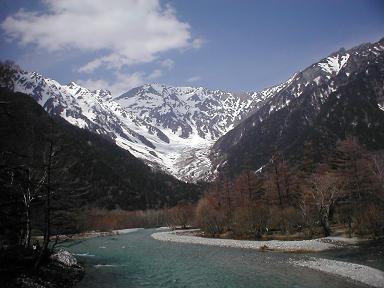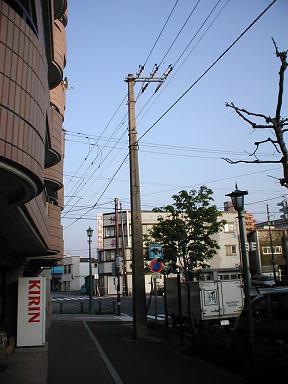I’m back in Cambridge now, and I’m likely to post less frequently here for a while.
For the first couple of days after I got back, I inevitably examined my country with a tourist’s eye. The diversity of people on the London underground was really striking and astonishing. In Japan nearly everyone is ethnically Japanese. In London you’ll see tall African men in fun hats, small Chinese ladies quietly reading. Even the white people are incredibly diverse, short and fat, tall and thin, faces of all different shapes and sizes.
In Asia each country seems less diverse. This is partly that my eye is more used to distinguishing occidentals from each other, but also I think because the populations haven’t mixed up as much. There was a distinct look to the facial shape of ethnic Khmer (in Cambodia) and to the Vietnamese, in a way that I have never spotted in say Scottish or French people.
On the train back to Cambridge the ticket inspector came down the carriage, and I couldn’t find my ticket. Frustrated, I searched for a minute or two, and in the end got my wallet out and asked him how much it was. Just over 15 pounds. He said he’d go off for twenty minutes so I could search for it some more, and then come back again. When he returned, I still couldn’t find the ticket, so I got my money out to pay him. He asked me again where I bought the ticket, and I explained how I had got it at a station the other side of London, and used it in the underground, but then lost it somewhere in King’s Cross before getting on the train. To my astonishment, he then said that he believed me, that he couldn’t charge me twice, and walked off.
Did my honesty persuaded him, because I kept forcefully trying to pay, and never begged him to let me off for free as perhaps most fair dodgers would? Or perhaps he was a ticket inspector with an unsuitable character flaw, unable to extract money from people against their will, roaming the system performing angelic deeds until a statistic at central office spots him and relieves him of his job.
The countryside out the train window was beautiful. Rich and green, only slightly rolling, but verdant and it made me happy.
 When I was a child there was only one thing considered more dangerous than taking sweets off strangers. It’s so ingrained in me by the ambient protection of society not to hitch hike that I have never even considered doing it. All sorts of unclarified bad things might happen. For example, people might have conversations with other people that they didn’t know already, or (gasp!) who belong to a different social class. Perhaps, like in China, people might learn to start paying each other for lifts, thus creating a more efficient and more capitalist transport economy, with the added side effect of being better for the environment. The consequences both for society, and in increasing everyones standard of living, could have no end of positive implications.
When I was a child there was only one thing considered more dangerous than taking sweets off strangers. It’s so ingrained in me by the ambient protection of society not to hitch hike that I have never even considered doing it. All sorts of unclarified bad things might happen. For example, people might have conversations with other people that they didn’t know already, or (gasp!) who belong to a different social class. Perhaps, like in China, people might learn to start paying each other for lifts, thus creating a more efficient and more capitalist transport economy, with the added side effect of being better for the environment. The consequences both for society, and in increasing everyones standard of living, could have no end of positive implications. Now I can finally reveal the goal of all my travelling, the destination which I’ve been striving for all these long, last five months. In Hakodate at the end of last week Rosemary and I finally made it to this technological mecca. For you to fully understand I will first explain some background.
Now I can finally reveal the goal of all my travelling, the destination which I’ve been striving for all these long, last five months. In Hakodate at the end of last week Rosemary and I finally made it to this technological mecca. For you to fully understand I will first explain some background.